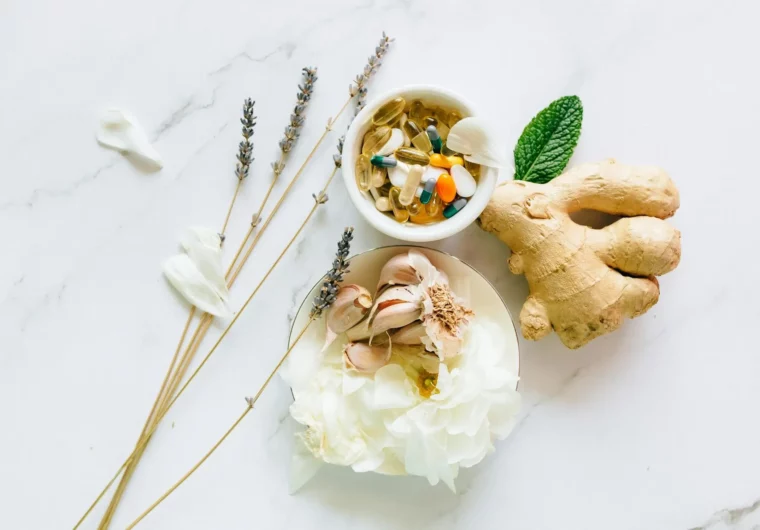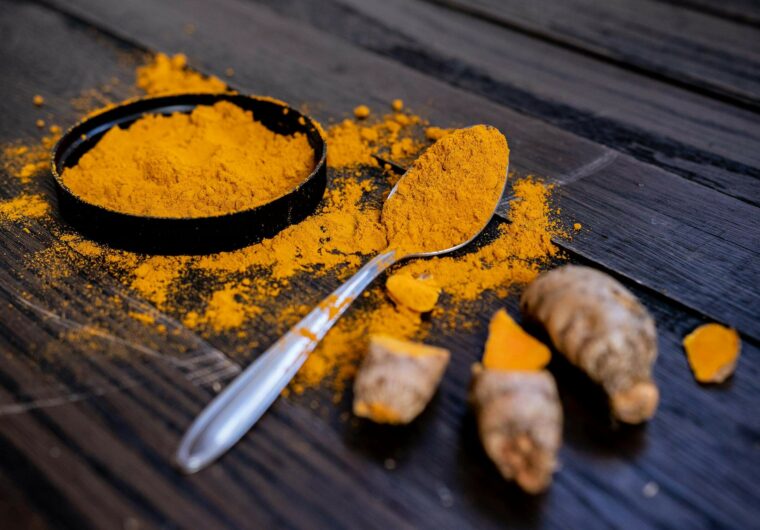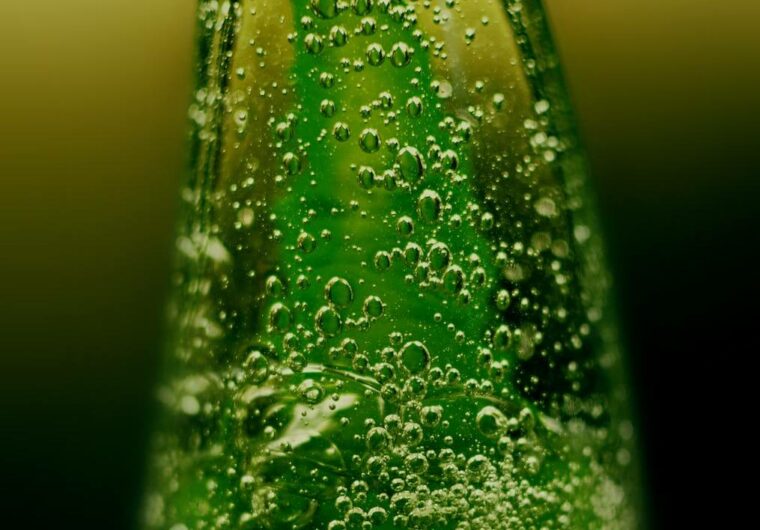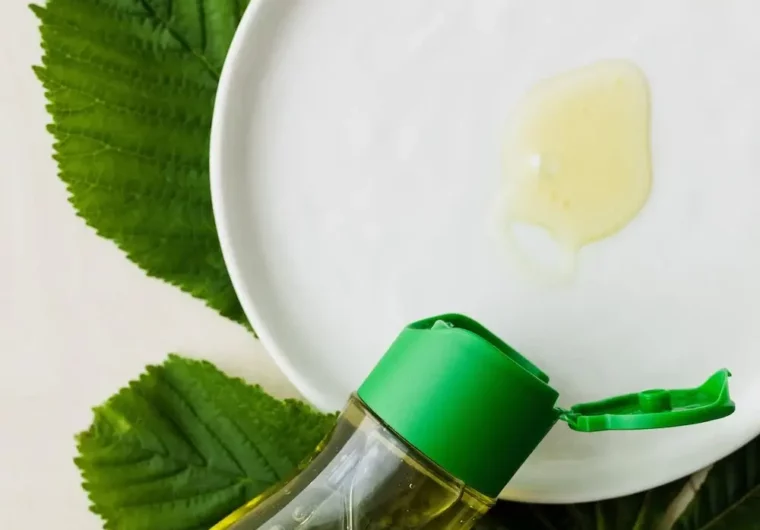Table Of Contents
- Understanding Fungal Infections and Their Causes
- Natural Antifungal Remedies for Home Treatment
- Incorporating Probiotics into Your Anti-Fungal Strategy
- Lifestyle Changes to Prevent Fungal Infections
- Lifestyle Adjustments for Managing Both Types of Acne:
- The Science Behind Turmeric’s Antifungal Effects
- Aloe Vera Gel’s Dual Action Against Fungus
- Natural Oils That Combat Skin Fungus
- How to Cure Fungal Infection on Your Skin Naturally at Home – Conclusion
Skin fungi, those pesky invaders, might make you squirm and cringe in embarrassment, yet hold tight because there’s a silver lining on the horizon. You can learn how to cure fungal infections on the skin naturally at home.
In this piece, we’ll delve into harnessing the power of natural antifungals such as coconut oil, tea tree oil, and apple cider vinegar to tackle those annoying infections with efficacy. Diving deeper, we’ll delve into the benefits of bolstering your diet with probiotics to fortify your body’s bacterial harmony, offering a robust defense against fungal invaders.
You’ll get practical tips on lifestyle changes that prevent fungal growth—such as choosing breathable fabrics and maintaining good personal hygiene. Plus, discover why turmeric and aloe vera are powerful allies against fungus.
Ready to learn how to cure fungal infection on skin naturally at home?
Let’s dive right in.
Understanding Fungal Infections and Their Causes

Fungal infections, often misunderstood, are more common than many think. They can emerge on the skin due to a mix of dampness, warmth, and poor hygiene. Such an environment becomes a perfect nursery for the proliferation of fungi.
Common Types of Fungal Skin Infections
Jock itch, athlete’s foot, oral thrush, and diaper rash represent just a few types of fungal afflictions troubling people across various age groups. Each has its unique challenges but shares a common enemy: fungus thriving in moist environments.
The causes behind these frustrating conditions include wearing damp clothes or living in warm climates without proper personal hygiene practices. Learning about common fungal infections helps us recognize symptoms early on.
The Importance of Early Treatment
Treating fungal infections promptly is crucial to prevent them from worsening or spreading further. Recognizing the initial signs enables effective management before complications arise.
Lack of cleanliness plays a major role in the onset of fungal complications.
Dampness combined with warm temperatures fosters the growth environment in which fungi thrive.
Tip: Maintain good hygiene in areas prone to moisture, such as skin folds, by keeping them dry and clean.
Natural Antifungal Remedies for Home Treatment

Battling a fungal infection on your skin can be exasperating, yet the earth gifts us with robust cures that have endured through the ages.
It’s also essential to explore safe topical solutions that effectively target the affected areas without causing harm or irritation.
Among these, coconut oil is not just for cooking; its antifungal agent properties make it an effective combatant against various types of skin fungus.
Neem leaves also make a safe topical medicine. Also known for their potent antibacterial and antifungal properties, can be crushed and applied topically to the affected areas to harness their natural healing abilities against skin infections.
A thin layer applied to the infected area can create a barrier that prevents further growth.
Let’s now talk about effective ways how to cure fungal infection on the skin naturally at home with products commonly found in homes.
Apple Cider Vinegar’s Role in Fighting Fungi
Another powerhouse in fighting off pesky fungi is apple cider vinegar. Known for its wide range of health benefits, including antifungal properties, apple cider vinegar works wonders when used topically or ingested. If you’re curious about how to cure fungal infection on skin naturally at home with a pantry staple, then apple cider vinegar is your best friend.
Diluting it with water and applying it to the affected areas or adding a cup to your bath helps restore your skin’s natural pH balance and fight microbes responsible for infections.
To understand more about how this ingredient aids in battling fungal conditions, you might want to read up on the proven health benefits of apple cider vinegar.
The beauty of using home remedies like tea tree oil and coconut oil lies not only in their efficacy but also in their simplicity and accessibility—proving once again that sometimes the best solutions are what nature gives us.
Incorporating Probiotics into Your Anti-Fungal Strategy
How to cure fungal infection on the skin naturally at home is a question whose answer lies in the diet as well. When battling fungal infections, the focus often lands on what to apply externally. But let’s not overlook the power of bolstering our internal defenses.
Introducing probiotics, particularly yogurt, which contains potent antimicrobial properties, can play a pivotal role in this strategy.
Yogurt and other probiotic-rich foods harbor beneficial bacteria that are warriors against fungi. Our little allies ensure our body’s bacterial ecosystem remains harmonious, staving off the encroachment of unwelcome fungal invaders.
Maintaining this equilibrium is vital, as it fortifies our body’s defenses, making it more challenging for detrimental fungi to proliferate and spark infections. For more insights on how these beneficial bacteria fight off fungi, consider reading about yogurt and probiotics.
The presence of good bacteria doesn’t just prevent fungal growth; it also reduces the severity if an infection does occur. Incorporating yogurt into your diet or taking probiotic supplements ensures your body has these helpful allies ready to defend you from common types like athlete’s foot or jock itch.
Tip: Incorporating cranberry juice into your daily diet can also be a refreshing and effective way to support your body’s overall health.
Lifestyle Changes to Prevent Fungal Infections

Warding off fungal infections goes beyond just popping pills—it’s about choosing wisely in our daily habits, from how we clean ourselves to the attire we select.
Let’s explore how simple adjustments can make a big difference.
Tip: Consider creating a paste using baking soda and water to apply to the affected area, as baking soda is known for its potential antifungal properties
Clothing Choices That Help Prevent Fungi

Opting for attire crafted from materials that don’t hold moisture is key, as fungi flourish in damp settings. Opting for airy textiles such as cotton can majorly decrease the likelihood of getting infections by ensuring your skin remains parched. This might seem straightforward, but think of how often people suffer from common fungal infections such as athlete’s foot or jock itch because they wore damp clothes for too long or chose non-breathable materials that trapped moisture against their skin.
Maintaining good personal hygiene goes hand-in-hand with these wardrobe choices. Showering after sweating heavily and ensuring your clothes are fully dry before wearing them again are essential steps in creating an unfavorable environment for fungi.
Adopting these routines not only wards off pesky issues such as diaper rash and scalp ringworm but also acts as a shield for your general well-being, significantly reducing the risk of encountering graver fungal afflictions.
Incorporating these practices into daily life doesn’t require much effort yet offers powerful protection against fungi—showcasing that sometimes, prevention really is the best cure.
Lifestyle Adjustments for Managing Both Types of Acne:

Diet’s Role in Skin Health:
A balanced diet rich in vitamins, antioxidants, and omega-3 fatty acids can support healthy skin and may contribute to preventing both fungal and bacterial acne.
Read more about it here and here.
The Importance Of Hygiene Practices:
Regular cleansing with a gentle body wash helps prevent the accumulation of oil, bacteria, and yeast on the skin, reducing the risk of acne breakouts.
Moist environments can encourage yeast growth – practicing good hygiene, keeping the skin dry, and being mindful of factors such as tight clothing that can create moist conditions is advisable.
Managing acne skin also involves adopting a consistent skincare routine that includes gentle cleansing accompanied by the use of non-comedogenic products.
The Science Behind Turmeric’s Antifungal Effects

Curcumin, the active component in turmeric, is not just a staple in Indian kitchens for its color and flavor. Turmeric’s curcumin doesn’t only dazzle in Indian cuisine for its hue and taste; it also offers notable antifungal capabilities, making it a natural ally against skin infections.
By attacking the structure of fungal cells and halting their proliferation, this robust ingredient demonstrates its might beyond mere culinary applications.
An evidence-based article written by Healthline showcases turmeric’s effectiveness against a variety of fungi, proving it to be an excellent source of natural antifungal agents. Its ability to fight microbes extends beyond simple culinary use, making it a potent remedy for those looking to eliminate fungal infections without harsh chemicals.
By making turmeric tea at your place, you tap into a simple yet effective antifungal remedy celebrated for its wellness perks and straightforward brewing process. Simply adding some unheated form of this spice to your diet or applying it topically with caution (to avoid skin damage) could significantly aid in combating common fungal conditions like athlete’s foot or jock itch effectively.
Tip: Understanding and maintaining a healthy internal body environment may prevent the proliferation of a fungal infection.
Aloe Vera Gel’s Dual Action Against Fungus

When battling skin fungus, the dual soothing and antifungal properties of aloe vera gel make it an invaluable ally. Not only does it quell discomfort, but it also actively repairs skin damage. Its robust defense mechanism also launches a formidable assault on fungal encroachments.
Aloe vera gel, extracted directly from the plant’s leaves, has been used for centuries in traditional medicine. Nowadays, research supports the age-old wisdom that aloe vera is highly effective in combating diverse types of skin fungi. This includes athletes foot, jock itch, and other common fungal infections that thrive in warm and moist environments.
Slathering the aloe vera gel straight onto the troubled spots is essentially what unlocks its potential.
A thin layer suffices to create a protective barrier that moisturizes without sealing off air – crucial for keeping affected areas dry and less hospitable to fungi growth. For those looking into natural remedies before turning to more aggressive treatments, incorporating aloe vera could be an effective first step toward recovery.
Natural Oils That Combat Skin Fungus

One of the key elements in the battle against skin infections is adopting natural antifungal remedies.
When it comes to fighting off skin fungus, natural oils like oregano oil stand out for their potent antifungal effects. It is recognized as a potent antifungal agent by many!
Harnessing these oils offers a robust yet soothing remedy capable of eradicating diverse fungal afflictions on the skin, sparing users from the severe repercussions commonly linked to synthetic antidotes.
Harnessing the power of oregano oil’s robust antifungal traits offers a prime strategy in the battle against fungal invasions.
For more insights into how oregano oil can benefit your health beyond just treating fungal conditions, explore the benefits and uses of oregano oil.
This natural remedy has been proven effective against common fungal afflictions such as athlete’s foot and jock itch due to its ability to disrupt the growth environment of fungi on the skin.
Slipping this vital essence into your daily skincare regimen might not just eradicate present maladies but also avert forthcoming flare-ups. When using oregano or any other potent essential oils, always remember to dilute them with a carrier oil like MCT oil or Squalane oil to avoid irritation and protect your skin’s barrier function.
Manuka oil and tea tree oil can also be effective in combating yeast infections.
Applying these solutions diluted with a carrier oil, such as MCT oil, directly onto the infected area using a soft cotton ball after cleansing ensures that you harness their full potential safely.
Tip: To alleviate discomfort from a fungal infection, consider cleansing the affected area with warm water with a drop of peppermint oil to promote cleanliness and soothe irritation.
Important!
Never use coconut oil when dealing with fungal acne. This oil has 40% lauric fatty acid that is like prime food for Malassezia, the fungus that has been linked to many fungal infections, including fungal acne, rosacea, seborrheic dermatitis, and eczema.[1, 2, 3]
RELATED: Check out our previous post on the best oils for fungal acne, which are safe to use.
How to Cure Fungal Infection on Your Skin Naturally at Home – Conclusion
MCT oil, tea tree oil, and apple cider vinegar stand out as powerful allies against pesky fungi.
You’ve grasped that fortifying your body with a probiotic-rich diet is akin to building a stronghold against ailments. This includes foods like yogurt, which boost your body’s defense by promoting good bacteria.
Lifestyle tweaks matter too. Opting for breathable fabrics and upholding personal hygiene are simple yet effective strategies to keep fungi at bay.
Remember, turmeric and aloe vera aren’t just kitchen staples or skincare additions; they’re potent weapons for fighting fungal infections with their antifungal properties.
Armed with these insights, now you know how to cure fungal infections on the skin naturally at home!
Tackling fungal infections just became less daunting. Embrace the power of natural solutions like turmeric and aloe vera for skin that thrives.
- Wilde, P. F., & Stewart, P. S. (1968). A study of the fatty acid metabolism of the yeast Pityrosporum ovale. Biochemical Journal, 108(2), 225-231. https://doi.org/10.1042/bj1080225
- Tejima, K., Chen, X., Iwatani, S., & Kajiwara, S. (2019). Long-Chain Acyl-CoA Synthetase is Associated with the Growth of Malassezia spp. Journal of Fungi, 5(4). https://doi.org/10.3390/jof5040088
- Rubenstein, R. M., & Malerich, S. A. (2014). Malassezia (Pityrosporum) Folliculitis. The Journal of Clinical and Aesthetic Dermatology, 7(3), 37-41. https://www.ncbi.nlm.nih.gov/pmc/articles/PMC3970831/
More Content
- The Ultimate Guide to Fungal Acne Safe Oils
- The Ultimate Guide to Fungal Acne Safe Oils
- Fungal vs Bacterial Acne
- Top Fungal Acne Safe Concealer Picks
- How To Tell If Acne Is Hormonal Or Bacterial
- Is Benzoyl Peroxide Good for Fungal Acne?
- The Truth About Retinol and its Effectiveness in Treating Fungal Acne
- Unlocking the Power of Sulfur for Fungal Acne
- Does Niacinamide Help with Fungal Acne?
- Fungal Acne Safe Products You Can Add To Your Skin Routine
- Sunscreens for Fungal Acne
- The Best Products for Fungal Acne
- Fungal Acne Safe Foundation Makeup
- Best Antifungal Creams for Face
- Top-Rated Benzoyl Peroxide Face Wash for Acne
- DIY Fungal Acne Treatment at Home: Natural Solutions That Work
- What is Fungal Acne
- Top Fungal Acne Moisturizers
- Toners for Fungal Acne
- Malezia Skincare: A Game-changer for Fungal Acne
- Tea Tree Oil For Fungal Acne
- The Best Fungal Acne Safe Face Wash for Your Skin (New Recommendations)
- Skin Care Routine for Fungal Acne
- The Best Non-Anti fungal* Fungal Acne Safe Shampoos
